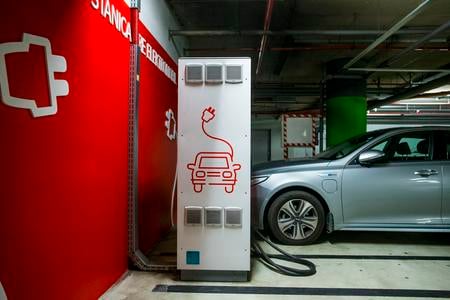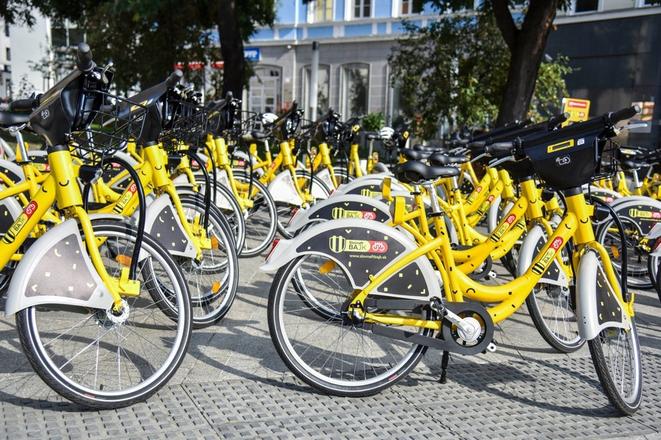The world is shifting from industrial to post-industrial as the population’s interest in the surrounding environment grows. Clean technology, also known as cleantech, is stimulating this interest and preserves the planet for future generations.
Experts and enthusiasts think that Slovakia has great potential in the use of the cleantech concept. The country has amazing nature, biodiversity, rich resource reserves and significant afforestation, according to Radoslav Mizera, a partner at Solved – The Cleantech Company, a Finnish-Slovak cleantech advisory service.
The development of cleantech solutions is particularly evident in transport and mobility innovation. This includes new-generation car systems, including charging stations, infrastructure and bound business models, said Mizera.
“While there is potential in terms of natural conditions and economy, the question now is how to really exploit and exhaust the potential,” Mizera told The Slovak Spectator. Some startups are already trying this, he added.
Improving the environment
Cleantech is a system of processes, products and services that aim to reduce negative impacts on the environment. It includes all technologies that help to improve the energy efficiency of the industry, use resources in a sustainable way and protect the environment.

Cleantech involves cleaner technologies and environmental agriculture solutions, energy, transportation, mobility, urbanism and smart solutions, according to Mizera. The origin of the term, the foreign equivalent of which is greentech, comes from Silicon Valley, Mizera said.
The Environment Ministry combines the concept with the transition to a low-carbon, resource-efficient circular economy.
“Only a model of the economy that takes into account the impact of economic activity on the environment and applies innovative approaches can provide intelligent, sustainable and inclusive growth,” the ministry’s spokesperson Tomáš Ferenčák told The Slovak Spectator.
The circular economy focuses on production processes that reduce the amount of non-recyclable and hazardous waste generated, streamline the collection and use of resources and intelligently design products. In practice, this involves reusing, repairing, refurbishing and recycling existing materials and products.
Companies see the concept
While small and medium-sized enterprises (SMEs) tend to be more innovative, large companies engage in cleantech as well. The largest industrial air polluter in Slovakia, U.S. Steel Košice, considers reducing the environmental burden and increasing efficiency a long-term strategic goal. Ľubomíra Šoltésová, the company’s media relations & visitor centre manager, pointed to the maximum use of secondary metallurgical gases to reduce the consumption of coke, coal and natural gas in the production of pig iron and steel.


 Slovak cities are trying to be more ecological. (source: TASR)
Slovak cities are trying to be more ecological. (source: TASR)